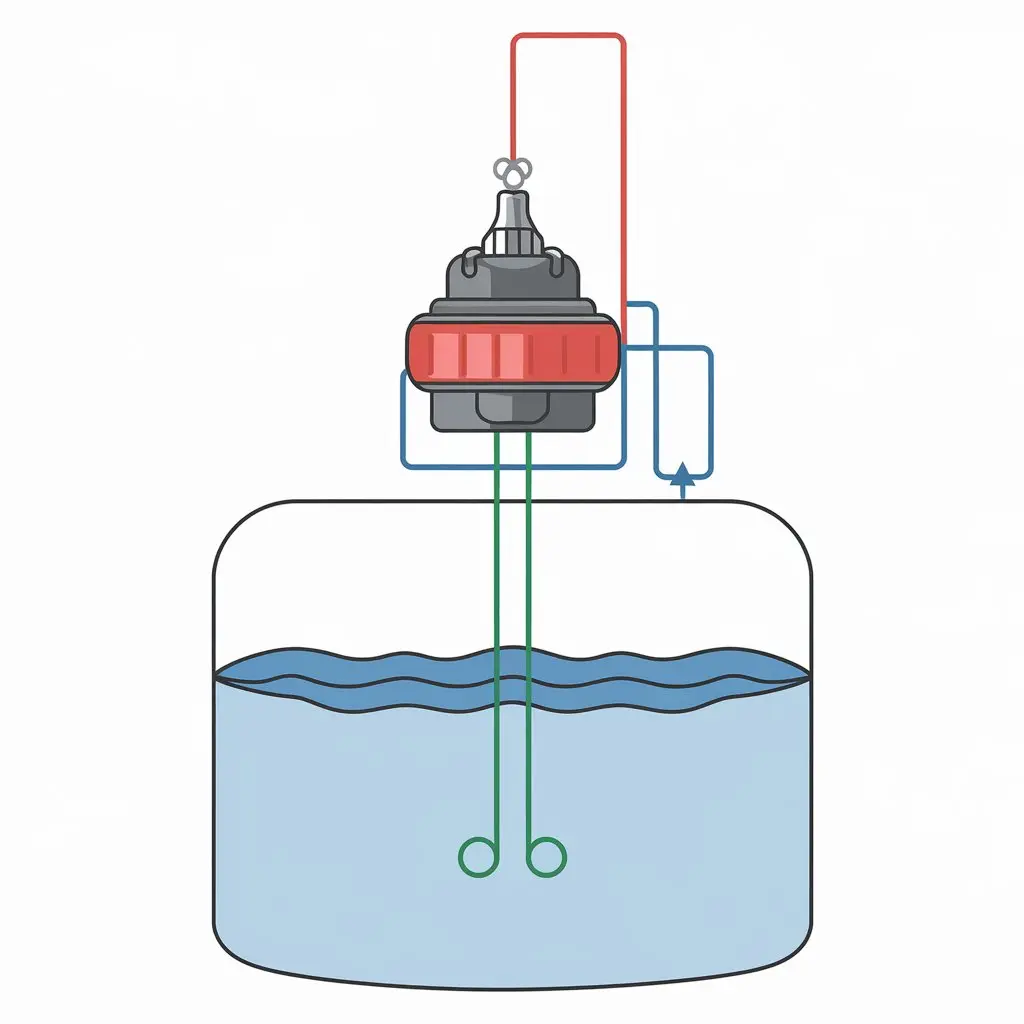Understanding how to read and apply the Sure Bail 470017 float switch wiring diagram ensures proper installation. This guide simplifies the process. Follow these steps to connect the float switch safely and efficiently.
What Is the Sure Bail 470017 Float Switch?
The Sure Bail 470017 float switch monitors liquid levels. It operates by opening or closing electrical circuits. This ensures devices like pumps function automatically.
Why Is the Wiring Diagram Important?
The wiring diagram provides essential connection details. It helps prevent wiring mistakes during installation. Accurate connections ensure reliable switch operation.
Gather Necessary Tools and Materials
You need basic tools for wiring the float switch. Gather wire strippers, screwdrivers, and electrical tape. Also, get the wiring diagram provided with the float switch.
Understand the Wiring Diagram Basics
The wiring diagram uses symbols to represent components. Lines show how wires connect these components. Review the legend to identify each part correctly.
Identify Key Components on the Diagram
The Sure Bail 470017 diagram includes the float switch, power source, and load. The power source supplies electricity. The load could be a pump or alarm system.
Recognize Wire Colors and Their Purpose
The wiring diagram highlights wire colors and their roles. For example, black wires often indicate power. White or neutral wires complete the circuit.
Steps to Follow for Wiring the Float Switch
Carefully follow these steps to connect the float switch. Read the diagram as you work. Verify all connections before powering the system.
1. Turn Off the Power Supply
Before starting, switch off the main power supply. This prevents electrical accidents. Use a tester to confirm no power flows to the circuit.
2. Locate the Wiring Terminals
Find the terminals on the float switch. These may include common (C), normally open (NO), and normally closed (NC) terminals. Refer to the diagram for their positions.
3. Strip the Wires
Use wire strippers to remove insulation from the wires. Ensure you expose only enough wire for a secure connection. Avoid damaging the wire strands.
Connecting the Float Switch to the Power Source
Connect the float switch to the power supply. Follow the diagram to match the wires correctly. Tighten the connections to prevent loose ends.
1. Attach the Neutral Wire
Connect the neutral wire to the common terminal. Ensure the connection is firm. This wire completes the electrical loop.
2. Connect the Live Wire
Attach the live wire to the load terminal. This provides power to the connected device. Use the diagram to confirm the placement.
3. Secure the Ground Wire
Connect the ground wire to the grounding terminal. This prevents electrical hazards. Ensure the ground wire is firmly in place.
Testing the Float Switch Installation
After wiring, test the float switch. Turn on the power supply and observe the device. Check if it activates the load at the correct liquid levels.
1. Verify Proper Function
Confirm the float switch opens or closes circuits as expected. Watch how the load responds to changes in liquid levels. Adjust connections if needed.
2. Inspect for Loose Wires
Examine all connections for looseness. Tighten any wires that seem unstable. This ensures consistent operation.
3. Secure the Wiring
Use electrical tape to secure the wires. This reduces the risk of short circuits. Bundle the wires neatly for a professional finish.Tips for Troubleshooting Wiring Issues
Sometimes, wiring may not work as planned. Identify and fix common problems. Always consult the wiring diagram for accuracy.
1. Check Wire Placement
Verify that all wires connect to the correct terminals. Recheck the wiring diagram if unsure. Misplaced wires often cause malfunctions.
2. Inspect the Float Switch
Examine the float switch for defects. Damaged components may disrupt operation. Replace faulty parts as necessary.
3. Test the Circuit Continuity
Use a multimeter to check circuit continuity. This ensures electricity flows without interruptions. Fix any broken connections promptly.
Maintaining the Float Switch for Longevity
Regular maintenance keeps the float switch functioning. Clean and inspect the device periodically. Preventive care reduces the risk of failures.
1. Remove Debris
Clean the float switch to remove dirt or debris. Use a soft cloth for cleaning. Avoid using harsh chemicals that may damage components.
2. Inspect Wiring Insulation
Check the wire insulation for wear or damage. Replace any wires with exposed metal. This prevents electrical shorts.
3. Test Switch Operation
Periodically test the float switch for proper function. Simulate liquid level changes to observe its response. Replace worn-out parts to maintain performance.
Common Mistakes to Avoid During Installation
Avoiding errors ensures the float switch works reliably. Learn from these common mistakes. Follow the diagram carefully to prevent issues.
1. Ignoring the Wiring Diagram
Never skip reading the wiring diagram. Incorrect assumptions can lead to faulty connections. The diagram is your most reliable guide.
2. Using Incorrect Tools
Using the wrong tools can damage wires. Stick to appropriate tools for cutting, stripping, and tightening. This ensures a clean and secure installation.
3. Overlooking Grounding
Failing to ground the float switch can cause safety hazards. Always connect the ground wire as instructed. This minimizes the risk of electric shock.
Conclusion
Installing the Sure Bail 470017 float switch is straightforward with proper guidance. The wiring diagram provides all the necessary details. Follow each step carefully to ensure a safe and functional connection.




